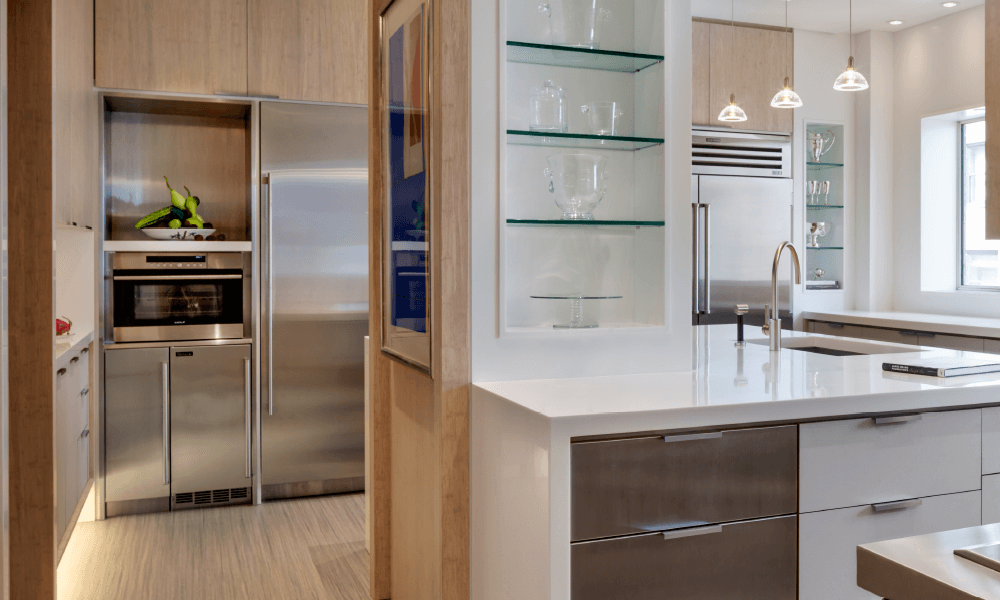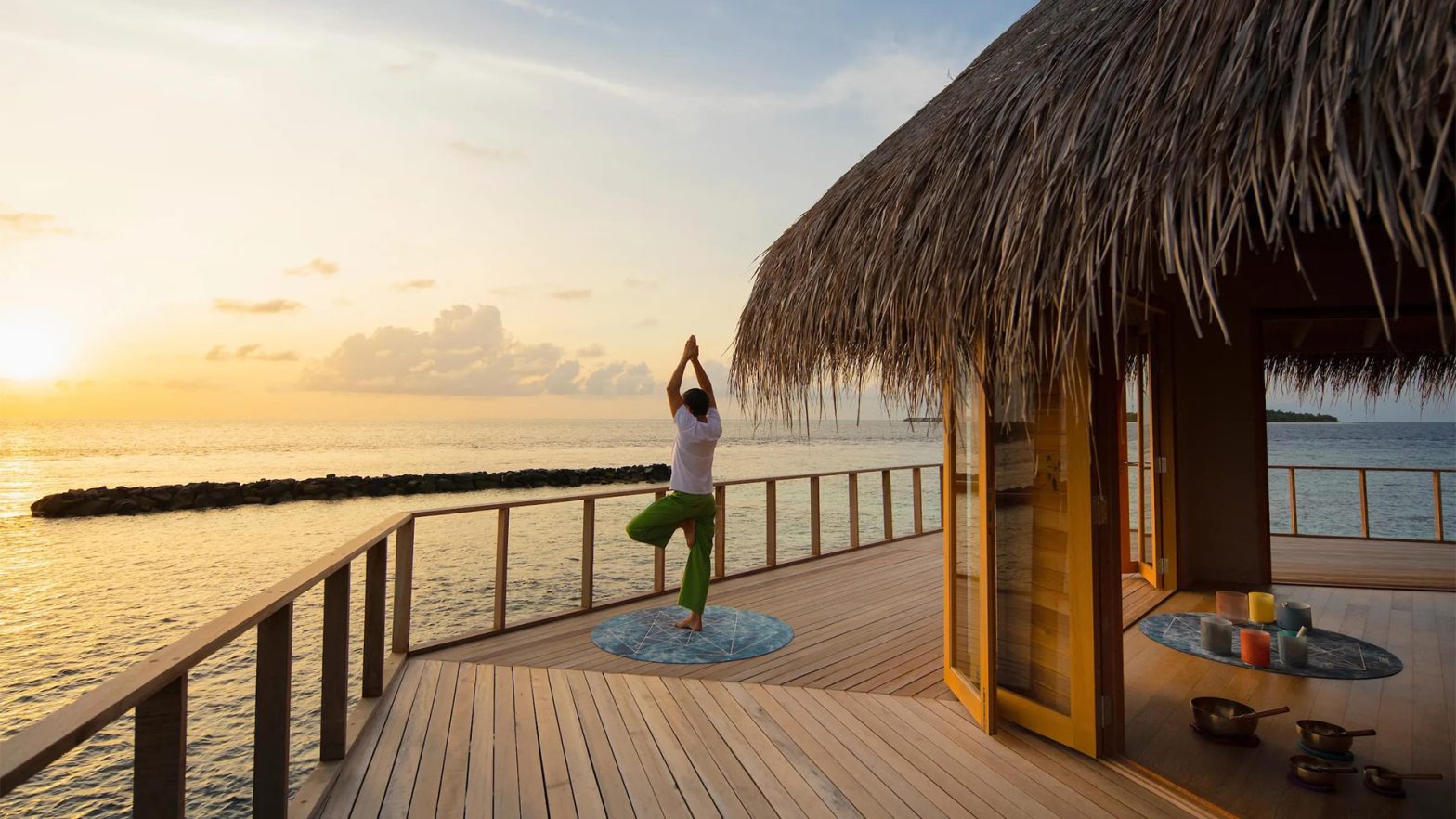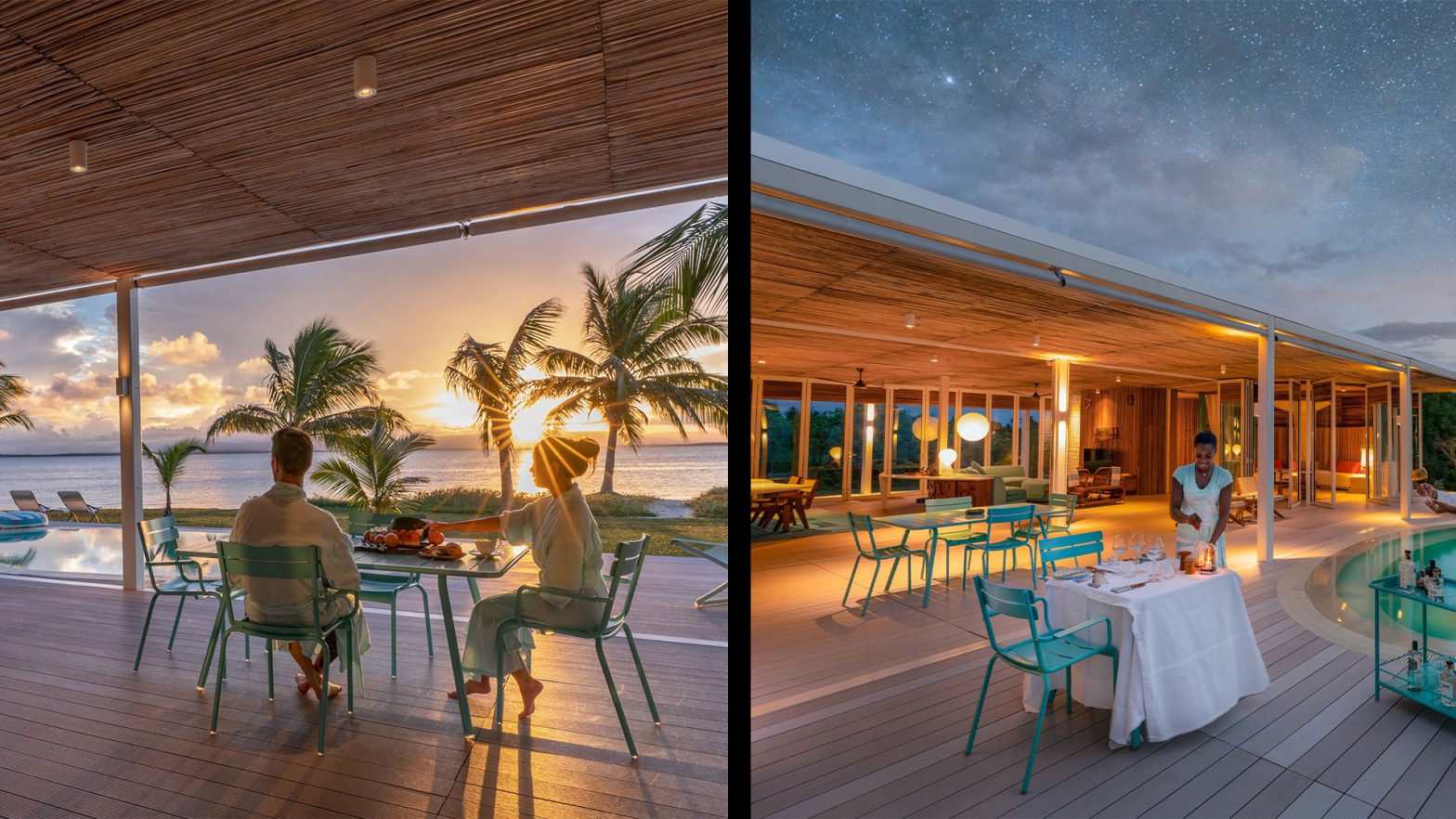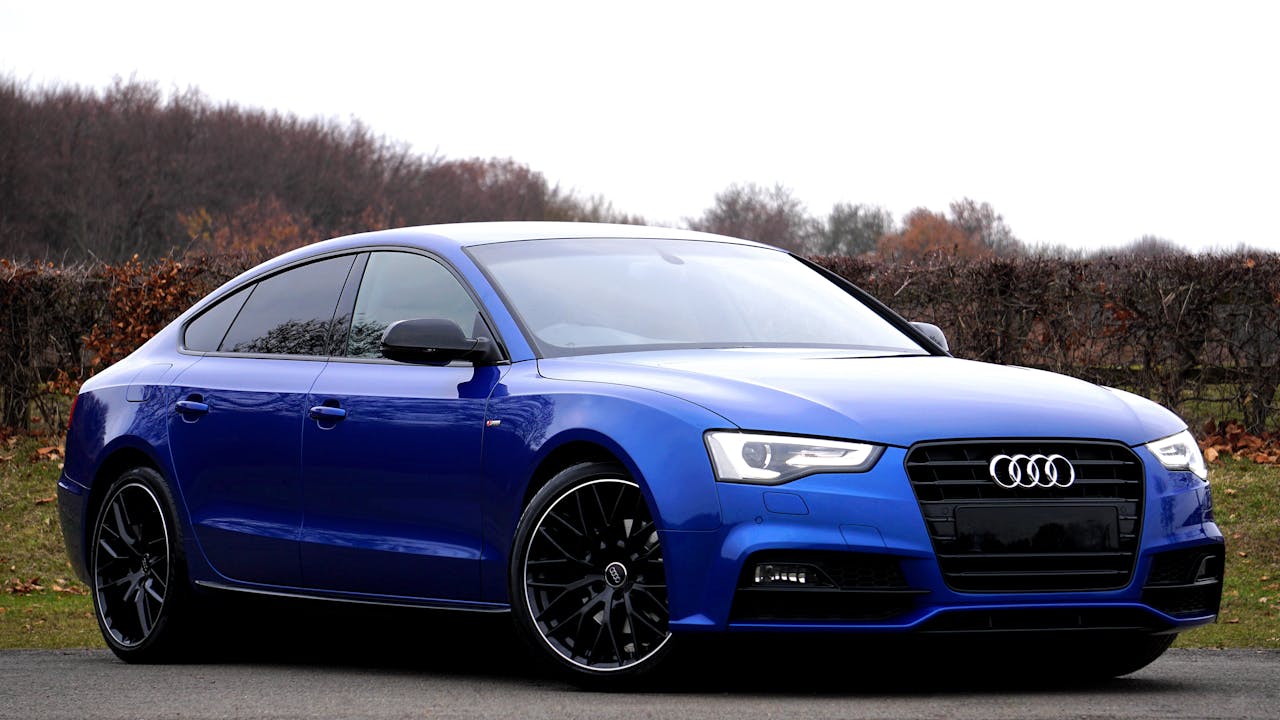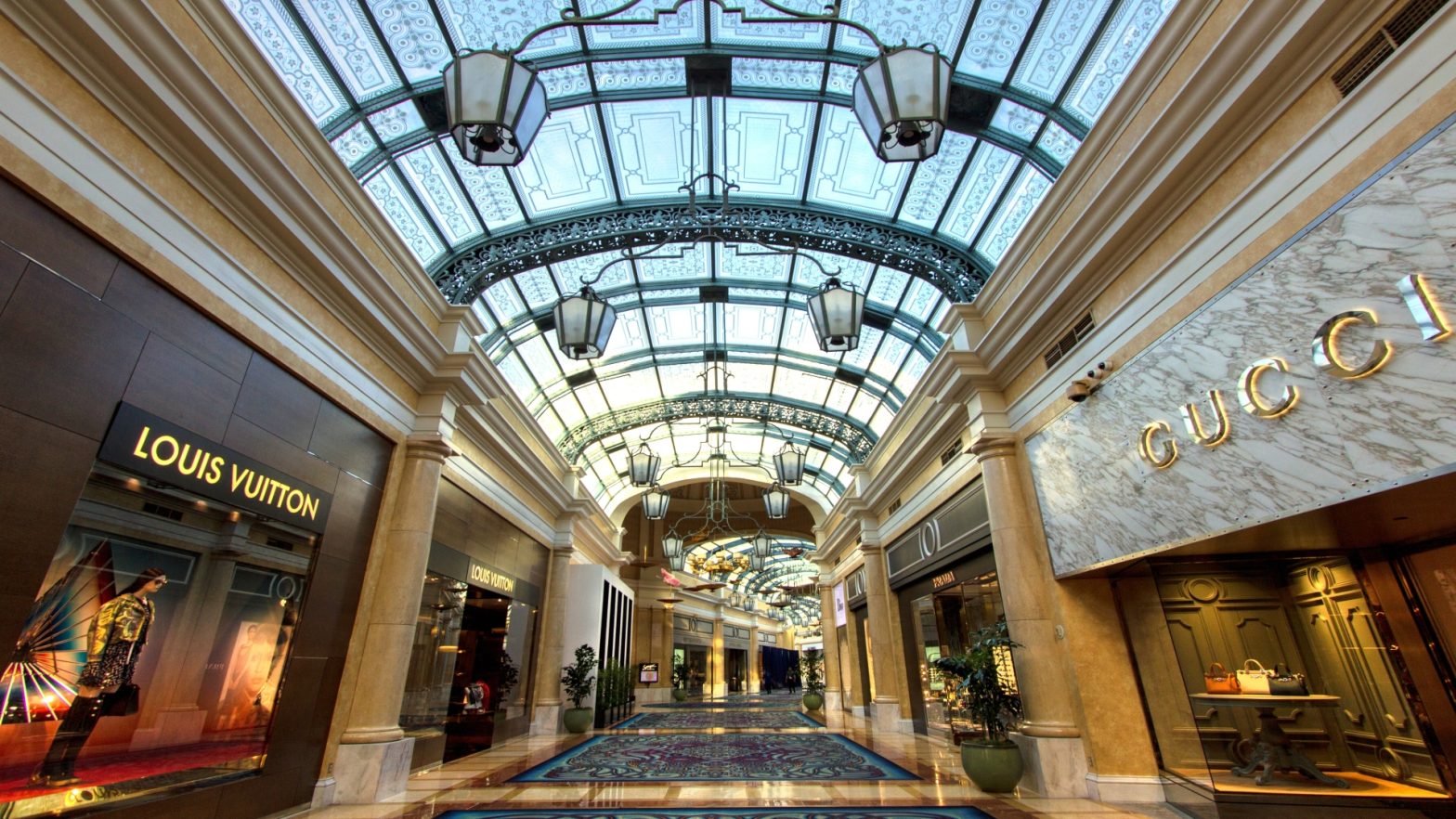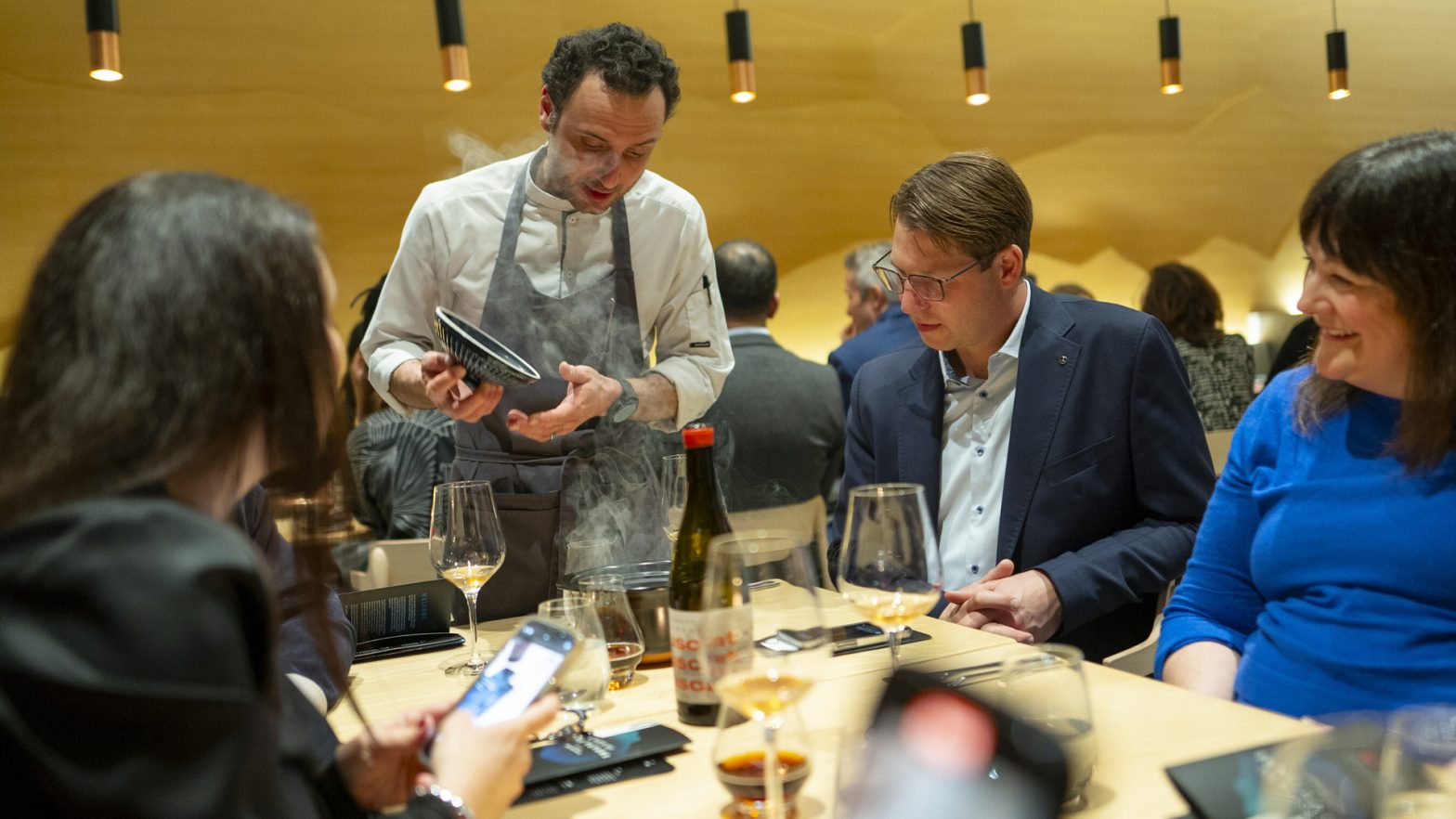Bamboo on New York City’s Central Park South
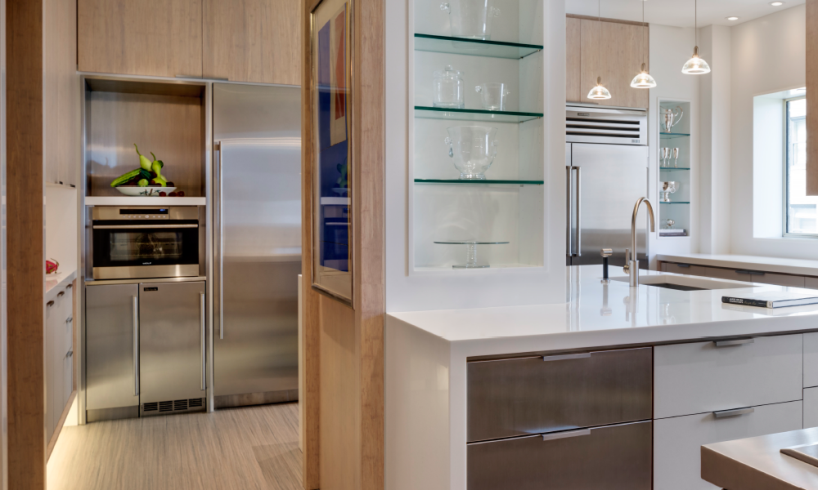
© Francis Dzikowski/Otto
The work of Lilian H Weinreich Architects combines a clean modern aesthetic with an understanding of how people live and use spaces on a daily basis. The firm’s recently completed renovations on Central Park South in New York City employ bamboo and other sustainable finishes to create clean, functional, and resplendent modern design.
Founded in 2009, Lilian H Weinreich Architects is a boutique multi-disciplinary architectural and interior design firm based in New York City with roots in Australia. Led by Lilian Weinreich, AIA, RAIA, LEED AP BD+C, NCARB, the practice aims to transform ordinary spaces into spectacular and unique environments in the most straightforward, practical, precise, and functional way.
Weinreich’s pure sensibility evolves not from a predetermined architectural style, but rather from the intent to design clean, intelligent, and functional space that operates as a background to what is contained within them. Working with space and light as sculptural materials, the firm constructs architecture dramatic in its purity of means.
Formal simplicity requires intellectual rigor and aesthetic restraint, which is immediately apparent in each of the firm’s projects—ranging from high-end apartment building, duplex, and townhouse renovations, to institutional work. Each project is opulent in the clarity of its spatial and functional resolution.
A highlight of the firm’s work is a state-of-the-art Central Park South kitchen—a 308 square feet (94 square metre) space with an adjacent 65 square foot (20 square metre) butler’s pantry—that serves the 6,000 square foot (1,829 square metre) apartment directly overlooking Central Park in Manhattan. The apartment occupies the entire twenty-seventh floor of a premier pre-war building. As a show of appreciation for seventeen years of dedicated culinary service, the owner, a gracious Southern gentleman with traditional tastes, undertook the alteration of the kitchen to accommodate his in-house chef’s wishes for a modernized kitchen.
The renovation integrated a commercial-quality kitchen into a residential setting, enabling catering for over a thousand guests per year. The kitchen facilitates both intimate family gatherings as well as formal sit-down banquets for heads of state, dignitaries, and royalty, complete with silver service and tuxedoed waiters.
The spirited chef and the architect, both Australian expatriates living in New York, formed a close kinship and understanding during the entire planning and construction process. The result is a kitchen alteration built on a clean formal language that incorporates the principles of ergonomics, functionality, and sustainability to create a functional and hygienic environment for food preparation.
Weinreich’s work is known for its innovative use of materials. In the kitchen, the finishes are elegant and luxurious, yet well-suited for an intensive, commercial-level food preparation environment—including white solid surface material on all counters and wall panelling, cold-welded marmoleum flooring, treated bamboo doors, high pressure striated laminate cabinets, and stainless steel. Cantilevered under-lit cabinets, full height upper cabinets, and floor-to-ceiling pantry closets are made of rapidly renewable, formaldehyde-free treated bamboo.
Technically a grass, bamboo has become an increasingly popular material in high-end apartments in New York as a result of the sustainable movement. It is a natural anti-bacterial material that is also extremely durable. The lower cabinets housing plumbing and equipment are fabricated using high-pressure laminate, a very durable material with Greenguard certification. If damaged, a cabinet facing can be replaced without concern for colour variation from adjacent panels.
White LG Hi-Macs solid surface material was selected for all counters and wall-cladding panels to create a safe hygienic food preparation environment, replacing the kitchen’s previous difficult-to-clean ceramic tiled, thick grouted countertops and backsplashes. Resistant to harmful bacterial growth, the new material is NSF/ANSI Standard 51 certified to the highest level for food contact. It is also capable of withstanding sustained temperatures up to 225°F, and because it is solid all the way through, scratches can be buffed out—most suitable for a heavy use kitchen application. The marmoleum flooring throughout is another healthy, sustainable choice; it is a highly durable, non-toxic, anti-microbial material that is elegant and easy to clean.
Set within the same kitchen footprint, the gut renovation also removed all unnecessary deeply profiled crown mouldings. New full height upper cabinets, floor-to-ceiling pantry closets, and the utilisation of all under the counter island spaces, increased the storage capacity of the kitchen by 20%. The customised kitchen is fitted with heavy-duty commercial grade kitchen equipment.
The lighting uses a combination of dimmable energy-efficient, low voltage halogen and 2700K warm white LED sources to provide bright, warm light while using significantly less energy than traditional incandescent sources, and yet provide a well-lit kitchen space when required.
The Central Park South bath and dressing room – a 170 square foot (53 square metre) space, presents an alternate application of sustainable finishes, including bamboo. Blond striated strand bamboo, the prominently featured finish material, brings warmth to these private rooms. Strand bamboo was installed in the flooring throughout, as well as the cladding of the open walk-in closet, the vanity, and the laundry doors. The manufacturing process fuses bamboo fibres with an environmentally safe adhesive under extreme pressure to form homogenous, high-density sheets that are then sliced and milled into solid flooring planks and veneer panels. The resulting strand flooring product is three times the hardness of traditional red oak flooring.
The client for this remodel is a spirited and accomplished naïve artist in her late 80s with an impressive studio in her country home in Litchfield County, Connecticut. Both her New York City apartment and country studio are a showcase of her prolific and vibrant paintings. In planning for future accessibility, the client’s son requested an open plan bathroom and dressing room. Two weeks into the design of the project, the client fell and broke her hip, which required extensive physiotherapy and convalescence throughout the construction of this project and underscored the need for a barrier and obstruction-free bath and dressing room space.
The bath and dressing room renovation transforms the outdated, segmented suite into a visually elegant, functional retreat with an adjacent laundry closet. The new layout enlarges the bathroom by relocating all the plumbing fixtures including the vanity, shower and water closet. A wall-hung water closet and cantilevered vanity create an obstruction-free floor space for ease of mobility, as well as ease of cleaning. The full-height, easy-glide sliding glazed bathroom door and sliding high-tech shower enclosure door eliminate obtrusive door swings.
Open closets allow for easy visibility of closet contents. The client required a well-lit space, and the conical, ceiling-mounted, caged-marine light fixtures cast light to the floor to ensure safe manoeuvring while adding a jewel-like quality. The dressing area contains a hidden laundry closet with an energy efficient stacked washing machine and vent-less dryer. The laundry door bi-folds and tucks tightly under the dropped ceiling soffit to lie flat against the adjacent wall in an open position when the machines are in use.
Selective carving of the ceiling planes to relate to function only creates a sculptured three-dimensional effect. Floating lit edges soften dropped ceilings that hide beams, piping, and ductwork. The hidden strip lights in the ceiling coves and under the vanity and medicine cabinet add an ethereal quality.
The owner-artist worked with a master decorative plasterer to mix paint that subtly incorporated all of the colours of the surrounding finishes into portions of the remaining unfinished walls. These serve as a backdrop to showcase her newly painted flower collection.
In both Central Park South projects, Lilian H Weinreich Architects demonstrates how sustainable finishes can result in luxurious compositions that are visually powerful, intellectually elegant, and timeless. The firm is currently working on several new projects, including two large apartment remodels, one on Park Avenue and the other on Central Park South, a building in Gramercy Park with duplex units, and a house in Avon, Connecticut. The firm is also exploring new markets, including the design of private jet interiors and commercial projects, where Weinreich’s considered design aesthetic and innovative use of sustainable materials can be applied in new ways.








